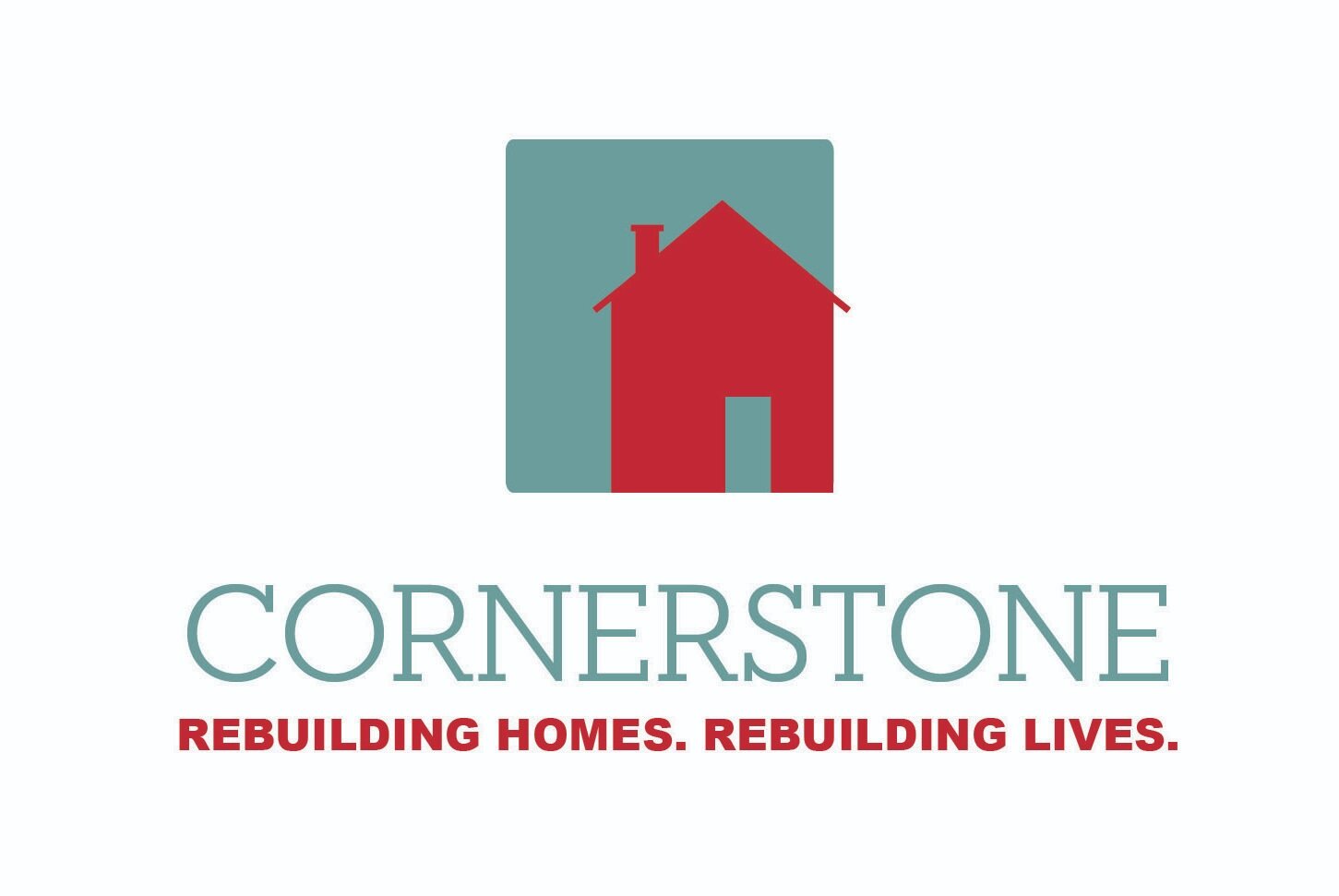I was at Northwest Coffee Roasting (because that’s what you do when you’re in community development in St. Louis), and I almost sPIT out my smoothie. No, not because the GreyHound isn’t absolutely delicious (because it is), but because I saw a man who’s books I consumed like candy in college.
Place Matters sat right next to Crabgrass Frontier on by desk. Those who know, know. Dr. Todd Swanstrom talked about how inequality was shaped through policy and how it showed up in our landscape.
Planning is a discipline I not only greatly respect and admire, its one I’ve come through. Though I studied the built environment and truly honor the importance of place and space, I’m finding more and more that people are where the true richness of the neighborhood exists, not buildings.
But, how do you tap into people as a resource in community development? Good question.
Cornerstone CDC has worked with community over the last few years to learn what that looks like. Y’all we didn’t always get it right. In fact, we discovered that going out in front exposes you to a lot of criticism, not always praise. But, we listened. We learned. And, in keeping with our operating principles, we tried to get it right. In the process, the community taught us that they didn’t want us to lead in the front, but invited us to the middle and the back. The middle: rolling up our sleeves and working alongside them as peers with equal voice, and the back: silently supporting them as they dove in the work, letting them know we had them covered.
Now, here we are, just a month away from the West End and Visitation Park Neighborhood Plan, known as weCollab, being revealed and Cornerstone CDC will not get the credit or the glory. It will not be heralded as an effort by a great organization who “led the locals to victory.” weCollab will be the residents’ win, totally, and we could not be prouder. Residents raised their hands to take on the role of visionary and laborer, collectively. Oh, there were disagreements, as peopling a process makes it messier, longer, and harder almost every time, but also, richer and more dynamic. What I’ve learned in seeing what these brilliant, passionate, sometimes tired, leaders leave their homes each Tuesday night was how to fight for hope against hope. They did things that felt small like asking a question, clicking on a link, or approving invoices, explicitly for their grandmother’s legacy, or for their son’s future. They sat there and worked even when people said it wouldn’t work, even when it literally told three years longs to complete and now, its here. It worked.
If this were a drinking game, you might be done if you sipped every time you read the word, “work.” It is because community development takes almost every kind of work you can muster: mental, physical, and emotional to complete. Beyond work, as a concept, it takes people. Specifically: the residents. People are what inspire it. People are who drive it. People make is more than an idea…they make it worth it.
Now that we have come to the end of our summer, I’ve settled on why Healing-Centered Community Development really matters. It matters because things, and people, now and again, break. Healing-Centered Community Development centers the solutions for repairing the breach where it hurts the most…with and in the people.
As Cornerstone CDC moves closer into its role as healer, co-laboring with folks and for folks, we plan to continue leveraging and celebrating each home and soul in the neighborhood, knowing that while we wait and work towards the change, as long as we ground in people…we have each other.

